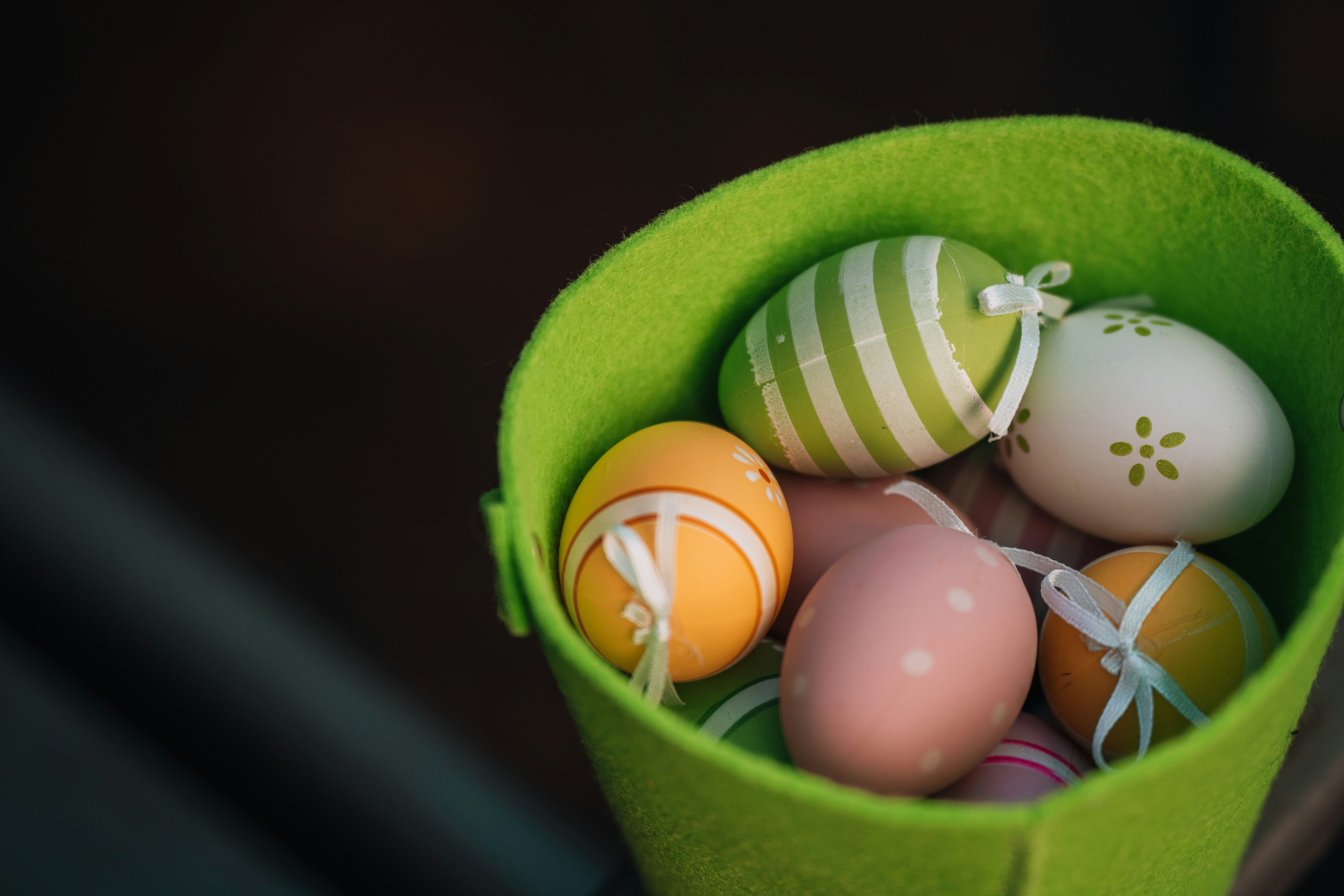As the blossoms of spring bring a fresh burst of color to our surroundings, it’s the perfect time to explore creative crafts that celebrate this vibrant season. Decorating eggs with eco-friendly dyes not only adds a touch of natural beauty to your home but also supports sustainable practices that are gentle on the environment.
Springtime offers an excellent opportunity to engage in crafts that bring the season’s colors and themes into your home. One delightful activity is decorating eggs using eco-friendly dyes, which not only enhances your creative skills but also aligns with environmentally conscious living.
Why Choose Eco-Friendly Dyes?
Choosing eco-friendly dyes for your egg decorating endeavors is a responsible choice that minimizes environmental impact. Conventional dyes often contain synthetic chemicals that can be harmful to both the ecosystem and our health. By opting for natural dyes, you’re supporting a greener planet. According to a study by the Environmental Working Group, reducing exposure to synthetic dyes can decrease potential health risks associated with chemical exposure.
Expert Insights
Eco-specialist Emily Green suggests, “Natural dyes not only offer a palette of unique colors but also ensure that your crafting activities are safe for both you and the environment.” This perspective highlights the dual benefits of opting for eco-friendly alternatives.
Natural Ingredients for Dyeing
Creating your own dyes from natural ingredients is easier than you might think. Here’s a table of common household items that can be used to make vibrant dyes:
| Ingredient | Color |
|---|---|
| Red cabbage | Blue |
| Turmeric | Yellow |
| Beets | Pink |
| Spinach | Green |
| Coffee | Brown |
| Onion skins | Orange |
| Blackberries | Purple |
| Carrot tops | Light green |
Step-by-Step Guide
- Choose Your Ingredients: Select your preferred natural ingredient based on the color you want to achieve.
- Prepare the Dye: Boil water and add your chosen ingredient. Let it simmer until you get a rich color.
- Strain and Cool: Strain the dye to remove solid pieces and let it cool to room temperature.
- Dye the Eggs: Submerge hard-boiled eggs in the dye and let them sit until the desired color is reached.
Personal Experience
Last spring, I experimented with turmeric and red cabbage for dyeing eggs. The results were stunning, with vibrant yellows and deep blues adorning our dining table. It was a fun activity shared with family, and the natural dyes added a unique touch to our Easter celebration.
Conclusion
Decorating eggs with eco-friendly dyes is an enriching activity that brings the spirit of spring into your home while fostering sustainable practices. By choosing natural dyes, you not only create beautiful decorations but also contribute to a healthier planet. So, gather your ingredients, unleash your creativity, and enjoy a crafting experience that’s both fun and environmentally friendly.
Frequently Asked Questions
How long do natural dyes last on eggs?
Natural dyes can last on eggs for several days, depending on how they’re stored. Keeping them in a cool, dry place helps maintain their vibrant colors.
Can I use the same dyes for other materials?
Yes, many natural dyes can be used on fabrics and papers. However, results may vary based on the material’s absorbency.
Are eco-friendly dyes safe for consumption?
While natural dyes use food-grade ingredients, it’s best to avoid eating the eggs if they’ve been left unrefrigerated for a long time.




Leave a Reply